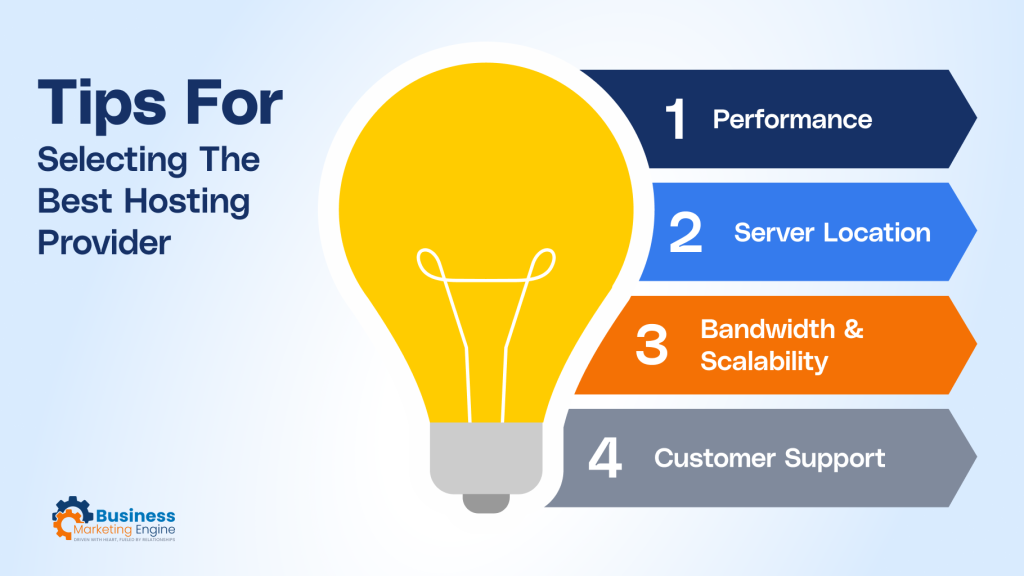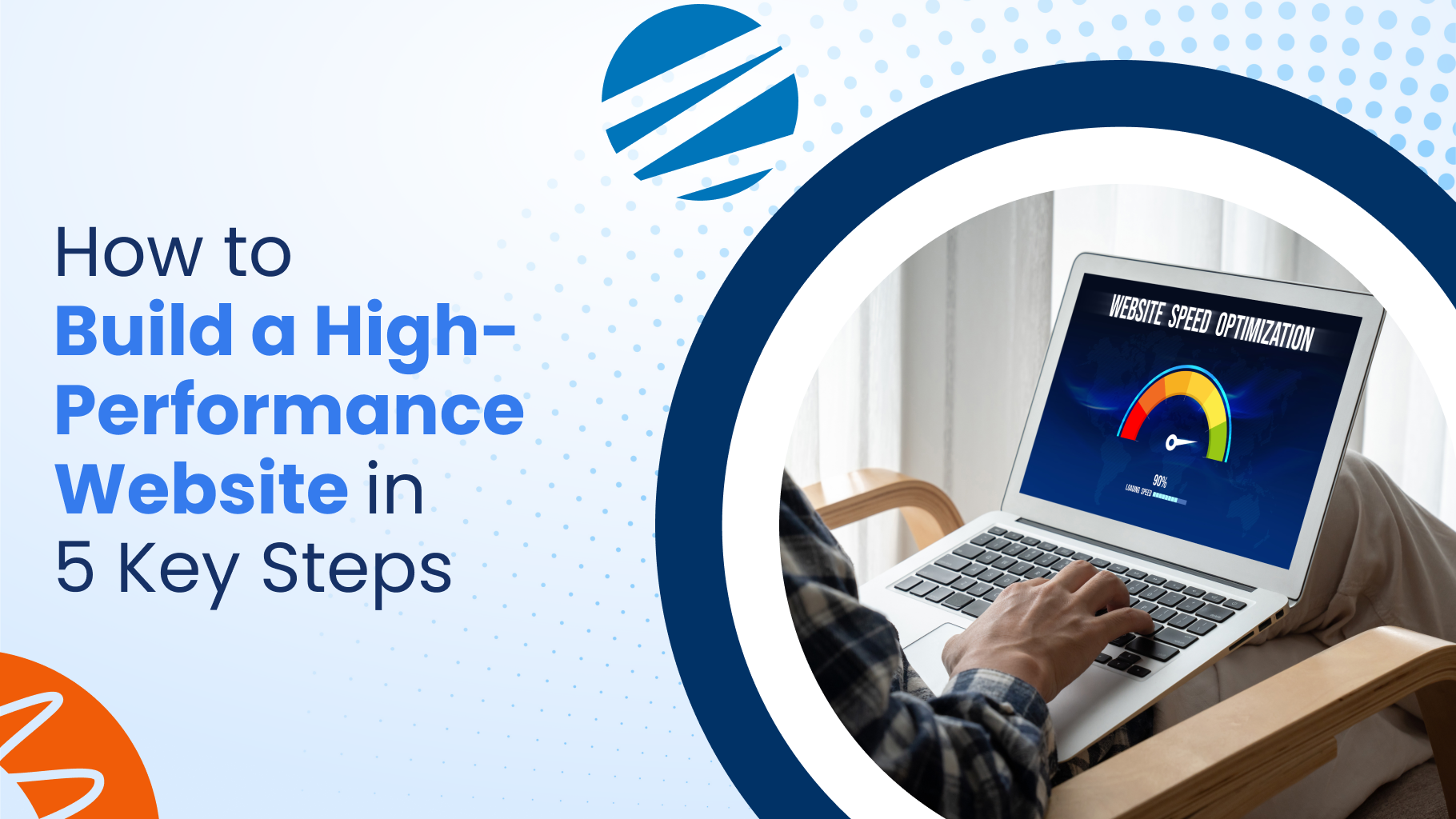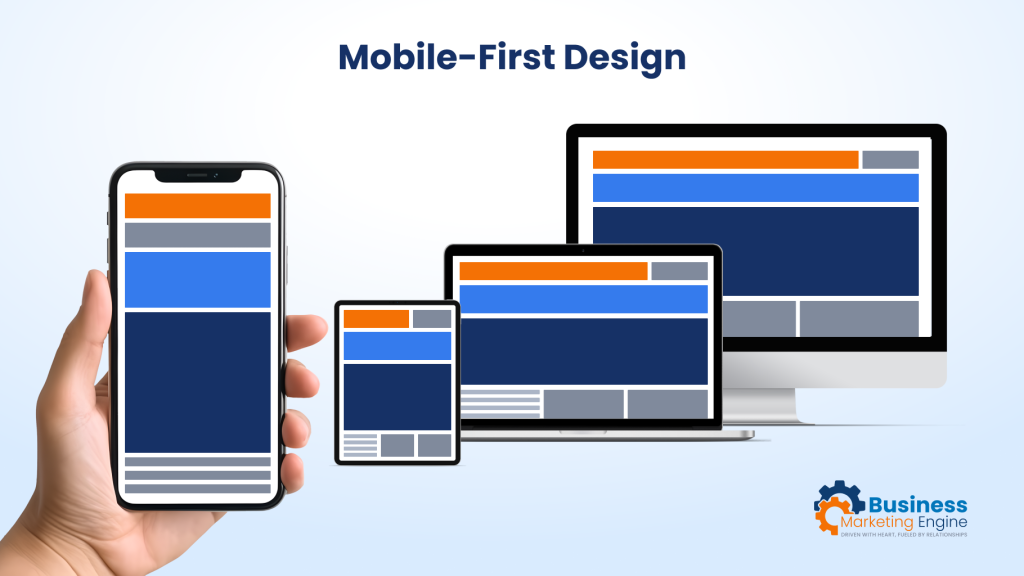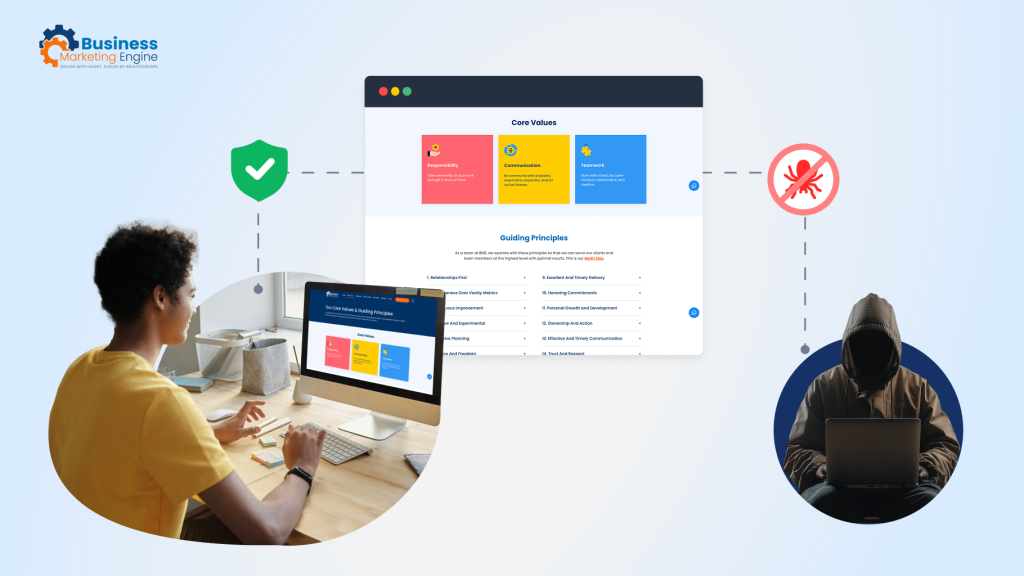Is your website working for you or against you?
A slow-loading or unreliable site instantly frustrates users, sending them straight to your competitors.
Don’t let poor performance sabotage your online success!
This guide provides five key steps to build a high-performance website that delivers a superior user experience and drives results. Let’s break it down.
Step 1: Define Your Website’s Purpose and Goals
Before you start building your high-quality website, it’s important to identify your site’s goals.
Do you want to focus on selling products, sharing valuable content, or building up a community?
Then, you can align your website’s design and functionality with your objectives.
Step 2: Choose the Right Host
Take the time to understand the perfect host for your website; this could make or break your brand.
Importance of Reliable Hosting
A host is a service that stores your website’s files and makes them accessible on the internet, allowing people to visit your site through a web browser.
Different hosting platforms affect a website’s speed, security, and uptime. Here are your options:
Shared Hosting: Budget-friendly but may impact performance since you’re sharing resources with other sites.
Virtual Private Server (VPS): Offers more control and better performance with a variety of resources.
Dedicated Hosting: Provides exclusive access to an entire server, helping with faster loading times and better security. Perfect for high-traffic sites.
Cloud Hosting: Offers flexible access to computing resources from a network of virtual and physical servers. Ideal for scaling websites.
Tips for Selecting the Best Hosting Provider

When picking a hosting provider for your high-performance website, make sure to consider these key factors:
Performance: A fast server leads to a fast website.
Server Location: The closer your server is to your audience, the faster your site will load for them.
Bandwidth & Scalability: Ensure your host offers enough bandwidth and can scale with your website’s growth.
Customer Support: Having exceptional customer service is a must for troubleshooting any performance issues.
You don’t want to risk downtime or slow performance due to a bad host!
Always check the host’s uptime guarantees and ensure they have a reputation for quick server response times.
Step 3: Optimize Site Speed
A high-performance website is a high-speed website.
Image Optimization
Images can be a major drag on your site’s speed. Compress images without losing quality to reduce load times.
Formats like WebP offer better compression and quality compared to traditional JPEGs and PNGs, helping speed up your site.
Minify Code
Another key to faster loading is cleaning up your code.
Refining HTML, CSS, and JavaScript removes unnecessary spaces, comments, and other redundant code, reducing file sizes.
Use tools and plugins to help minify your code and improve your website’s performance.
UglifyJS or Terser are great for minifying your JavaScript code and reducing file sizes and load times.
Enable Browser Caching
The last step is to enable browser caching.
Browser caching stores parts of your website (like images and scripts) on a visitor’s device.
The next time they visit, their browser can quickly pull up the content.
Less waiting = happy visitors!
Step 4: Design for Mobile
Let’s face it, most of us are on our phones more than our desktops.
Importance of Mobile-First Design
Mobile traffic has now surpassed desktop usage. This shift is important to remember when creating a high-performance website.
If your website doesn’t perform well on mobile, users won’t hesitate to leave.
And when you’re losing potential customers because of a poor mobile experience, you’re leaving money on the table!
The solution? A responsive design.
Now, you can adapt your website to different screen sizes to provide a seamless experience across all devices, whether someone’s on a phone, tablet, or desktop.
Best Practices for Mobile Optimization
Let’s talk about the best practices for ensuring a high-performance website experience.
- Simplify Navigation: Make sure your menus are easy to use. On mobile, you don’t have the luxury of big navigation bars, so keep it clean and simple. Use dropdowns or hamburger menus to save space, but don’t overcomplicate it.
- Touch-Friendly Elements: Everything needs to be easy to tap! Buttons, links, and forms should be large enough to interact with comfortably. If someone’s trying to tap on a tiny link, they’re going to get frustrated and leave.
- Optimize Mobile Page Speed: Nobody likes waiting for a slow-loading page, especially on mobile data. Compress your images, minimize heavy scripts, and avoid anything that could make your site lag.
And remember – you can’t have a high-performance website without testing it first!
Use tools like Google’s Mobile-Friendly Test or BrowserStack to help you identify any issues that could be affecting the mobile experience.
If something’s off, fix it before it costs you visitors!
Step 5: Implement Strong Security Measures
Websites are prime targets for hackers, and you don’t want to be the next headline.
Not only can weak security damage your reputation, but it can also hurt your website performance.
No one wants to browse a site that feels sketchy or doesn’t protect their information.
That’s why SSL (Secure Sockets Layer) certificates are a must.
These are security protocols that encrypt data exchanged between a user’s browser and a website, ensuring that sensitive information is transmitted securely.
Essentially, they protect sensitive data and let your users know that their information is safe with you.
Plus, websites with SSL encryption are favored by search engines like Google. It’s a win-win.
To keep your software and plugins up-to-date, use a strong firewall and back up your data regularly.
This ensures that, even if something goes wrong, you won’t lose everything.
Website security doesn’t just protect you – it builds trust with your audience.
When visitors feel confident that their personal information is secure, they’re more likely to stick around and convert into loyal customers.
Conclusion
Building a high-performance website isn’t just about looking good; it’s about delivering an amazing experience that keeps visitors coming back.
From optimizing speed and mobile design to securing your site, each step plays a role in making your website better, faster, and safer.
If you haven’t already started, now’s the time to implement these changes. Build a high-performance website today and watch your user engagement and conversions soar! Reach out to our expert team at BME to get started!





